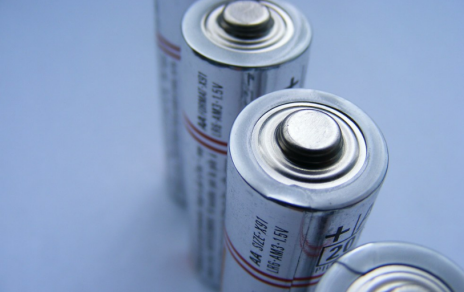LITTLETON, Colorado, Jan 9 (Reuters) - Texas is dominating the development of renewable energy generation and battery capacity within the United States, and is estimated to have installed nearly 80% more combined solar, wind and battery capacity than the next largest state.
The Lone Star state has 42,000 megawatts (MW) of wind power, 22,000 MW of solar farms and 6,500 MW of utility-scale battery capacity in place as of the end of 2024, data from Cleanview and the U.S. Energy Information Administration (EIA) shows.
California has the next largest network of renewable generation and battery capacity, while Florida, Arizona and Colorado round out the top 5 list of U.S. states that are deploying renewables and batteries to boost power supplies.
Below is a breakdown of the scale and growth rates of solar, wind and battery storage capacity across the United States.
THE BIG 3
Texas's emergence as the country's clean energy leader has been fuelled by rapid capacity growth on multiple fronts.
Since 2019, Texas power firms have boosted solar generation capacity by 800%, wind capacity by 50% and battery storage capacity by an eye-popping 5,500%, according to energy data portal Cleanview, using EIA and state-level data.
In absolute terms, Texas has installed around 19,000 MW of solar, 14,000 MW of wind and 6,200 MW of battery capacity within the past five years.
Those installations have resulted in wind and solar farms generating roughly 30% of the state's electricity in 2024, according to Ember, which is up from a combined solar and wind share of around 18% in 2019.
California gets around 40% of its electricity from wind and solar sources, up from around 25% in 2019, thanks mainly to an aggressive climb in solar generation.
Around 9,000 MW of solar capacity has been added to California's power system since 2019, to bring the state's total solar capacity footprint to around 21,500 MW in 2024.
Over the same period, California's utility-scale battery network has grown from around 240 MW in 2019 to over 11,000 MW last year - the largest in the country.
California's wind generation footprint has held largely steady at around 6,430 MW in recent years, resulting in a combined solar, wind and battery storage capacity of around 40,000 MW, EIA data shows.
Florida has the third-largest footprint of renewables and battery capacity, but has no wind power capacity and so trails the top states in terms of cumulative solar, wind and battery capacity which is a combined 11,500 MW.
That said, the state has boosted its solar footprint from less than 50 MW in 2019 to over 10,500 MW in 2024, which indicates strong current momentum for renewables output.
Florida's battery capacity is currently around 575 MW, according to EIA, which places the state fifth overall in that category.
However, the U.S. Department of Energy recently announced nearly $30 million in investments in battery storage capacity in the state to boost power sector resilience, which should boost overall battery capacity further.
GROWTH MARKETS
Arizona, Colorado, New Mexico and Nevada are the next largest states in terms of combined grid-scale renewables generation and battery storage capacity.
Each of those states has roughly 7,500-8,300 MW of combined solar, wind and battery capacity, and each state's power sector looks set to add to both solar and battery capacity in the coming years.
Arizona and Nevada have the largest battery storage networks of the lower-tier states - at around 2,000 MW and 1,125 MW respectively - which should allow local utilities to store surplus solar power for later distribution.
In total across the United States, around 62,000 MW of grid-scale battery storage is expected to be deployed between 2024 and 2028, according to a report by consultancy Wood Mackenzie.
An additional 10,000 MW of residential storage capacity and around 2,500 MW of commercial and industrial storage is also expected to emerge before the end of the decade.
Reporting By Gavin Maguire; Editing by Sonali Paul
